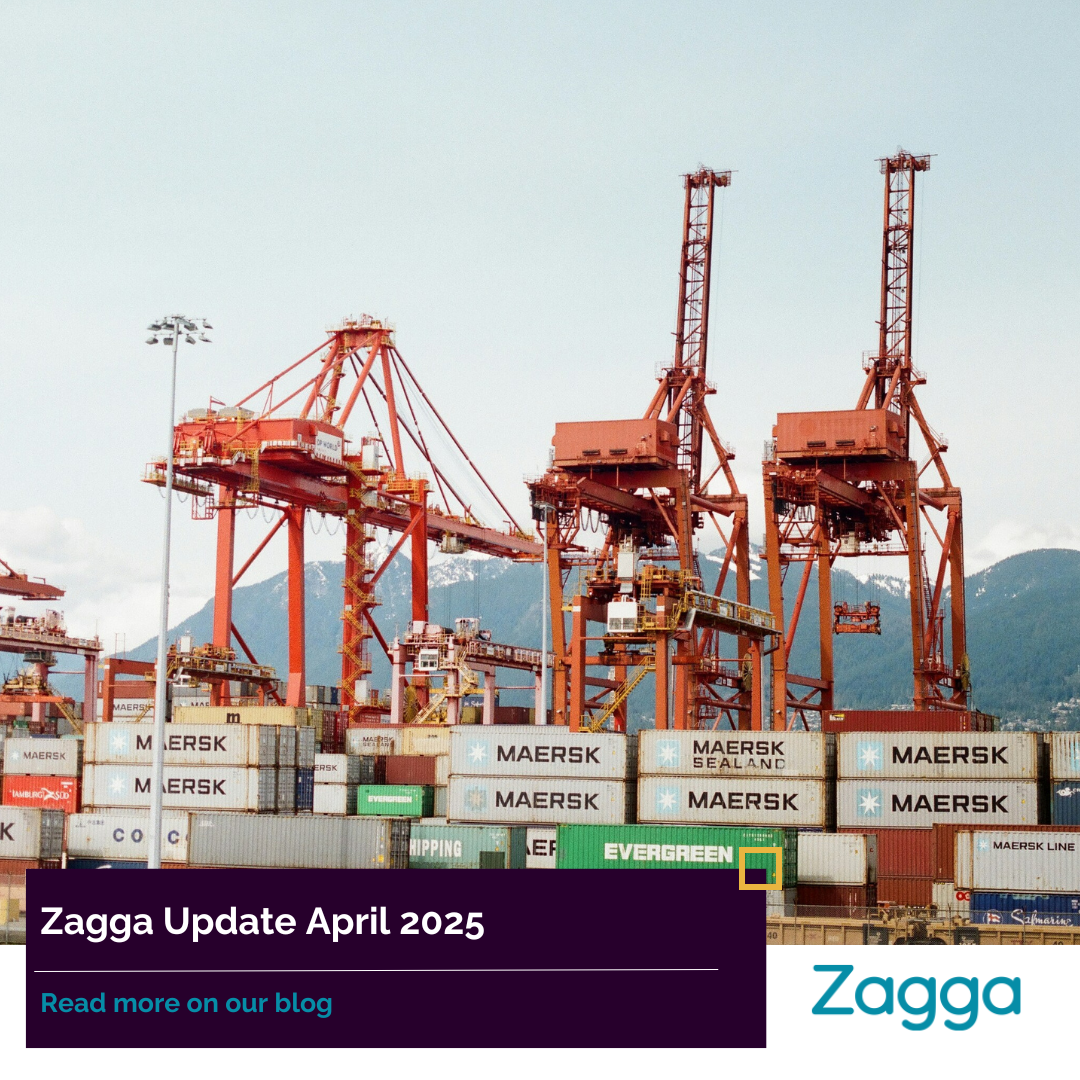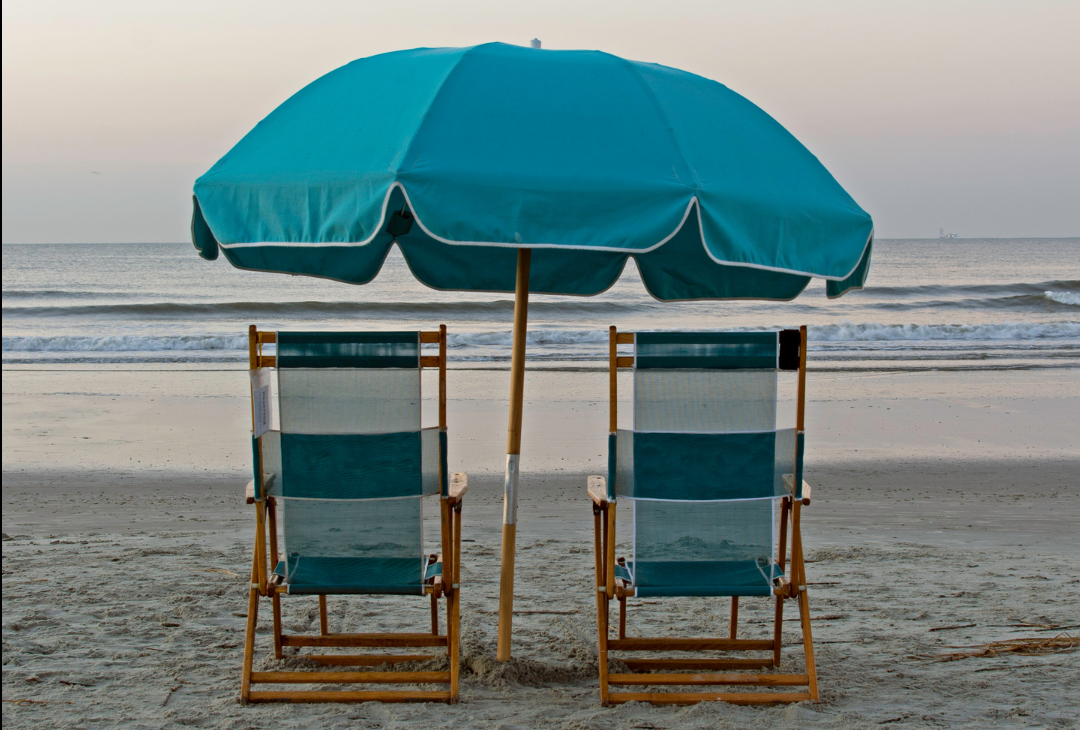On your 65th birthday, you get a lovely present from the Government: you can start drawing superannuation and you can cash up your KiwiSaver account (provided you’ve been a member for at least five years).
What will you do with your KiwiSaver money? Your options are almost endless, but here are a few considerations:
Leave it in KiwiSaver
Unfortunately, KiwiSaver’s big advantages – the Government and employer contributions – both stop when you turn 65, so at that point it’s just like any other managed fund. But if your fund is performing well and the fees are low, you could leave your money alone and draw it down only when you need it.
You should definitely stay enrolled if you have an employer who’s happy to keep contributing, and you can still make withdrawals at any time.
If you do remain enrolled in KiwiSaver, it’s a good time to review whether you’re in the right type of fund. For longer-term investment you might like to remain in a balanced or growth fund, but if you want certainty that the funds will be there when you need them, it might be a good time to switch to a conservative fund.
Go on holiday!
The Rugby World Cup is in France next year, and that KiwiSaver money would cover your travel costs nicely. It’s always tempting to spend a lump sum on a dream trip, but is it a good idea?
If you have enough invested to easily cover your retirement expenses and you’re not relying on your KiwiSaver funds for living costs, then spend it however you like. But if your KiwiSaver money is a fundamental part of how you’ll pay for your expenses for the years ahead, you don’t want to blow it all when you’re 66 and spend the next 20 years panicking about the rates bill.
The Sorted Retirement Calculator calculates how long your funds might last in retirement, so you can tell what kind of lifestyle you can rely on, based on your current investments.
Put it in the bank?
Retirees often put their KiwiSaver funds straight into a bank account. It’s lovely to see a big balance just sitting there every day, but it’s less comforting when you consider that inflation is eroding the buying power of your money. Although having an emergency fund is useful, keeping your whole KiwiSaver balance in the bank isn’t the best choice for making it last as long as possible.
You need a plan
If your KiwiSaver is an important part of your retirement income, you need a strategy for how to invest it. It’s about find the right balance between high returns and low volatility.
This is not the time to take big risks, because you don’t have many decades to recoup your losses. If you do invest in opportunities with higher risk levels, it should only be with a tiny fraction of your money – funds you can afford to lose.
We have thousands of clients who invest in Zagga over the age of 65, because they like the balance of high returns backed by the security of property. It’s part of a balanced portfolio that matches their circumstances. But everyone is different, and how you spend or invest your KiwiSaver funds will depend on many factors, including your age, your financial position, your appetite for risk, and how much of a legacy (if any) you want to leave in your will.
Plotting out how to fund your retirement
If you’re about to turn 65, it’s a great time to sit down with a financial advisor and plot out how you’ll fund your retirement. Ideally, you’d start the process even earlier so you understand all your options. Get everything you can out of your retirement funds, so you can live your best life – whatever that means to you.



